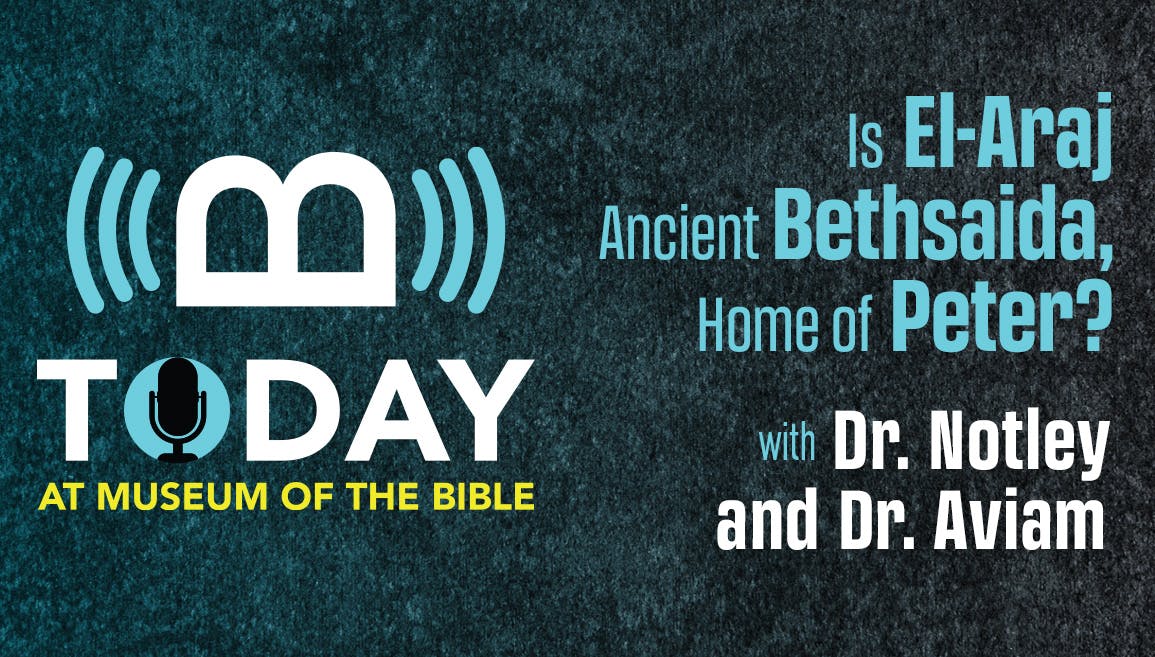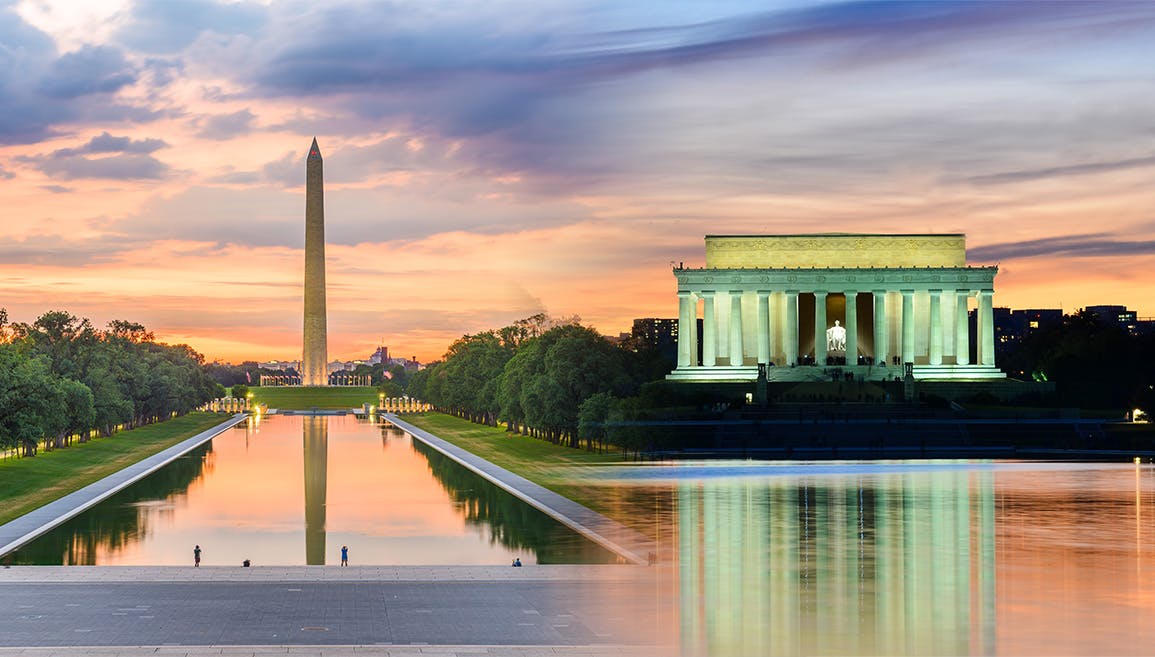Beyond the Walls: The Nativity at the National Gallery of Art
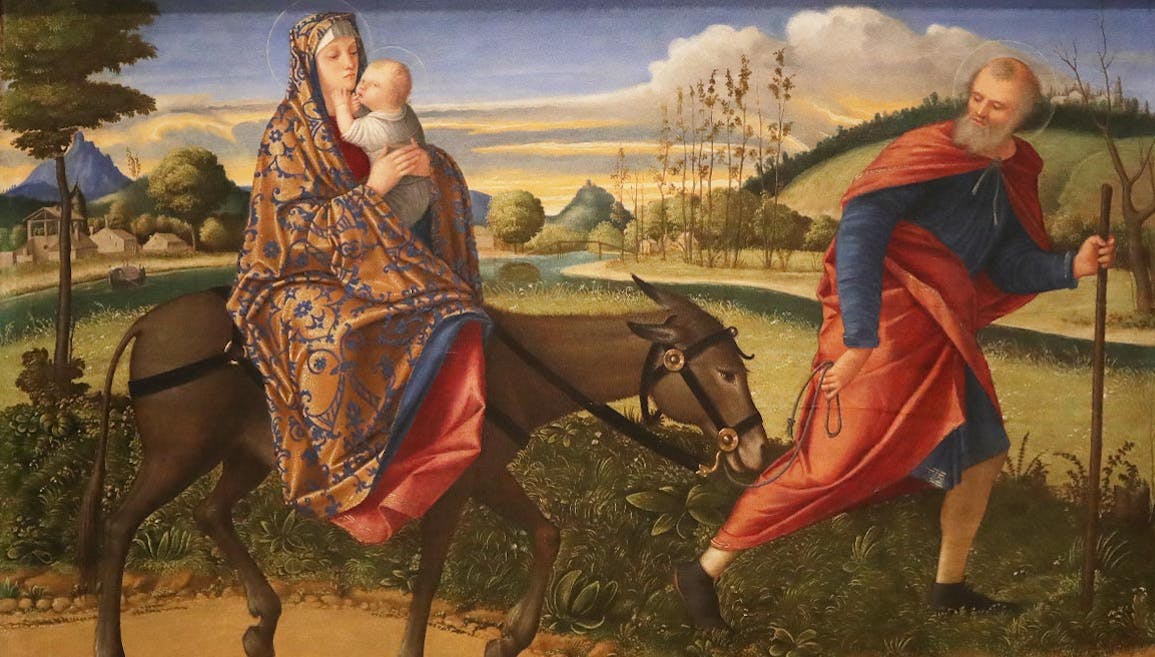
Museum of the Bible’s mission statement invites all people to engage with the transformative power of the Bible. This transformative power is especially present in our Impact of the Bible exhibit, an entire floor dedicated to showing the Bible’s influence and impact on all aspects and areas of our culture. One of the most amazing ways to explore its cultural influence is by taking a journey on our flyboard ride, Washington Revelations.
“Flying” through Washington, DC, while stopping to see scripture on buildings and monuments is an unforgettable trip. If you’ve never experienced a flyboard attraction, then make sure you visit the museum as it’s the only flyboard ride in a major museum anywhere in the world. The ride gives the feeling of flight through tilting motion, air effects, and stunning visuals
But at six minutes long, Washington Revelations can only show so much. So, Museum of the Bible Magazine has decided to venture beyond our walls to discover more of the Bible’s influence throughout the capital—all of which we’ll report back to you in our new series: “Beyond the Walls.” And in the spirit of the season, we’re starting with depictions of Jesus’s birth at the National Gallery of Art.
Apart from Museum of the Bible, of course, no trip to DC is complete without a stop at the National Gallery of Art. The museum comprises two buildings and a sculpture garden, and occupies a prominent place on the National Mall. Its location, a short walk from us, made it an easy choice to begin our forays beyond the walls. So, a photographer, a curator, and an editor set our sights on the West Building, which houses works of the great masters and others from the Middle Ages to the early 1900s. Our intention, which we now know was naïve, was to photograph every artwork related to the Bible, from which we could select depictions of the Nativity.
Two hours in, we quickly realized we could not shoot pictures of everything—there were so many! We abandoned shooting paintings of the crucifixion and resurrection (but wait till Easter!), John the Baptist, and Saint Jerome, not to mention those of the Madonna and child. Alas, after four hours and 486 pictures, we had shot only 77 different works of art. Inspired, and overwhelmed, by this rich collection of biblical art, we cataloged as much as we could for future expeditions before the Gallery closed.
From these 77 works, 19 depicted moments from the story of the birth of Jesus. Though most are paintings, there are a few plaques and even two stained glass windows. All date to the Renaissance: from the earliest in 1434/1436, Jan van Eyck’s masterful painting of The Annunciation, to 1625/1675 and Annibale Fontana’s intricate terracotta plaque featuring The Adoration of the Shepherds. We will revisit some of these pieces, but first let’s review the scenes that comprise the birth narrative of Jesus.
The story of Jesus’s birth is told in the Gospels of Matthew and Luke, with each account emphasizing and providing different details. The first scene, the annunciation, comes from Luke 1:26–38. The scene is of momentous historical and theological importance: the angel announces Jesus’s divine conception and Mary, still a virgin, obeys. Jan van Eyck captures both these elements in his painting.
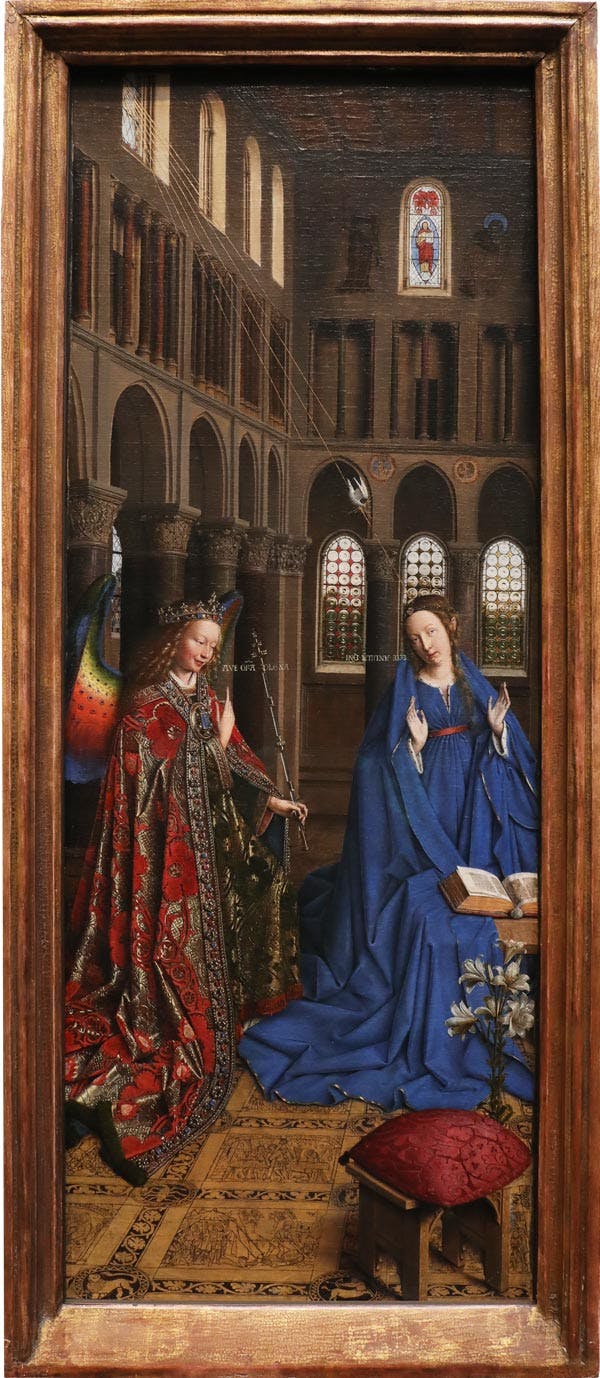
Figure 1: Jan van Eyck, The Annunciation, ca. 1434/1436.
The presence of God, in the form of light and a dove, the latter symbolizing the Holy Spirit, descends onto Mary’s head, showing the artist’s interpretation of Luke 1:35:
And the angel said to her, “The Holy Spirit will come upon you, and the power of the Most High will overshadow you; therefore the child to be born will be holy; he will be called Son of God.”
Mary’s virginity is underscored by the fact that the room has no entrance; it is perpetually closed. Van Eyck stresses Mary’s obedience to God’s will by including her response to the angel in Luke 1:38, “Here am I, the servant of the Lord.” The open Bible before her emphasizes her piety. For those eagle-eyed visitors to Museum of the Bible, you may notice the Bible she is reading is in the very two-column, 42-line format of the Paris Pocket Bible, early examples of which you can see on display on our History of the Bible Floor. The sumptuous colors and detail of the angel, of Mary, and of the sanctuary around them makes the work a masterpiece.
After the annunciation to Mary, the birth of Jesus — the Nativity proper— is the next scene depicted in the Gallery’s collection. This, the central event of Christmas, is represented by three works of art, all dating to around the same time: Petrus Christus’s painting around 1450, Luca della Robbia’s glazed terracotta around 1460, and Domenico Gagini’s marble carving around 1460.
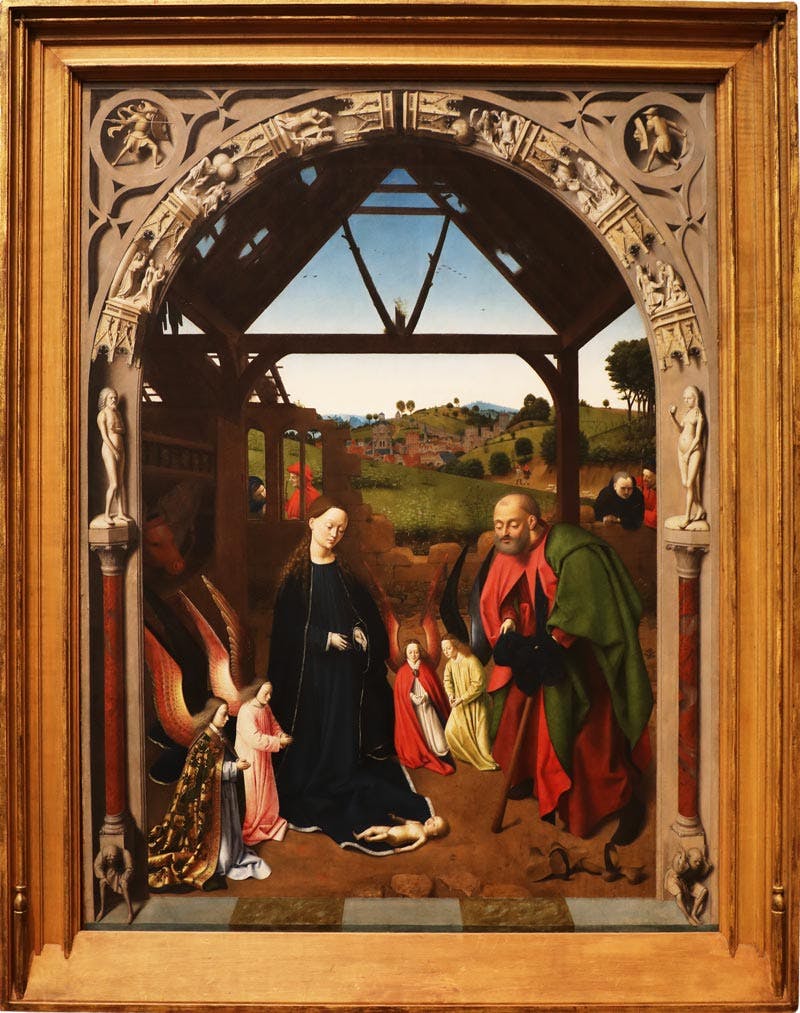
Figure 2: Petrus Christus, The Nativity, ca. 1450.

Figure 3: Luca della Robbia, The Nativity, ca. 1460.
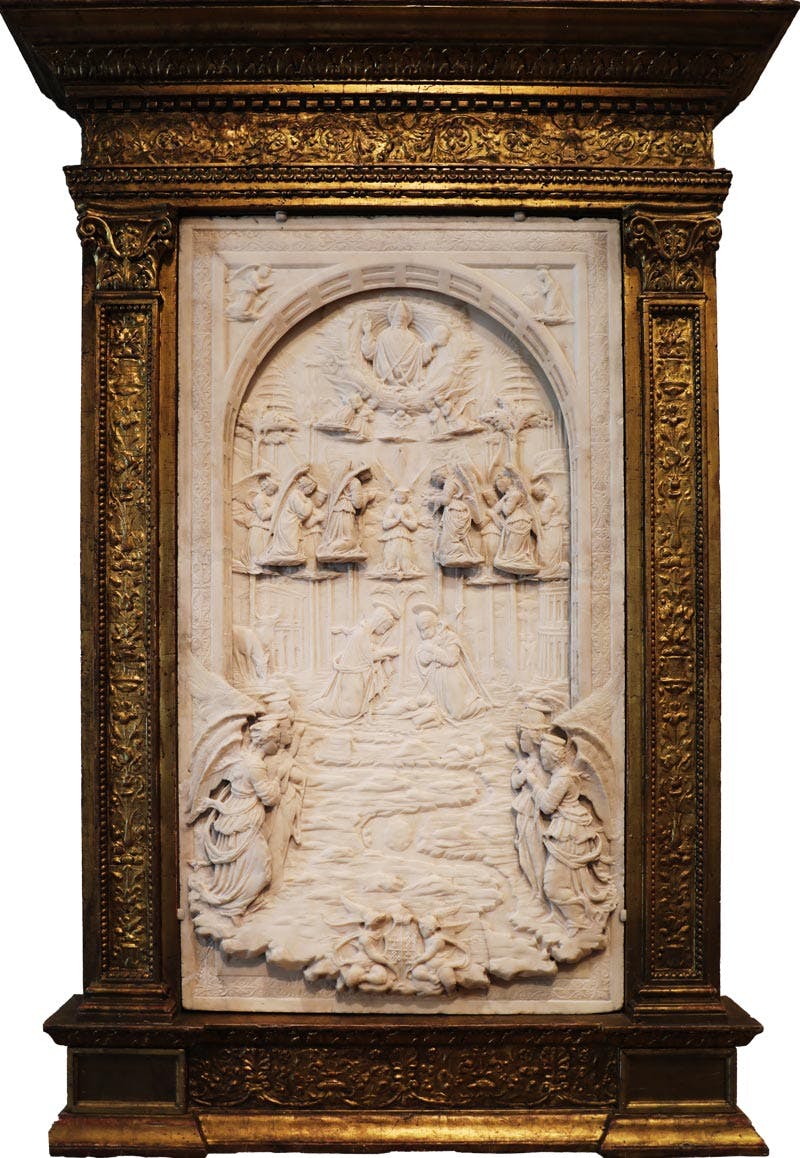
Figure 4: Domenico Gagini, The Nativity, ca. 1460.
Each of these pieces includes the elements common to the scene – the holy family, the angels, the ox and donkey – but the works by Petrus Christus and Gagini are more theologically embellished. In Christus’s painting, Adam (right) and Eve (left) stand atop the pillars, with scenes from the early stories in Genesis adorning the arch above them. The artist followed Paul in linking the creation and fall to humanity’s salvation through the birth and death of Jesus (1 Corinthians 15:22). Gagini’s carving emphasizes the vertical hierarchy crowned by God the Father descending through the spirit to the infant Jesus and the rest of the world. These depictions of the Nativity bring these elements together in rich display.
The majority of the art in the Gallery clusters into adoration scenes: the adoration of the shepherds, as told in Luke 2:8–20; the adoration of the magi told in Matthew 2:1–12; and scenes focusing on Jesus titled simply the adoration of the child. Of the nine artworks representing these scenes, the terracotta plaque of the shepherds after the artist Annibale Fontana’s work stands out for its exquisite detail.

Figure 5: After Annibale Fontana, The Adoration of the Shepherds, ca. 1625/1675.
But no one should miss the paintings by Botticelli, Giorgione, Isenbrant, or Flandes. Each of the adoration scenes shows the awe and humility of the whole world, from the lowliest shepherds to the highest keepers of wisdom, in the presence of Jesus.
The final two paintings flesh out the Nativity narrative. The Master of the Prado “Adoration of the Magi” depicts The Presentation in the Temple of Luke 2:22–24, while Vittore Carpaccio captures the events of Matthew 2:13–15 in his The Flight into Egypt.
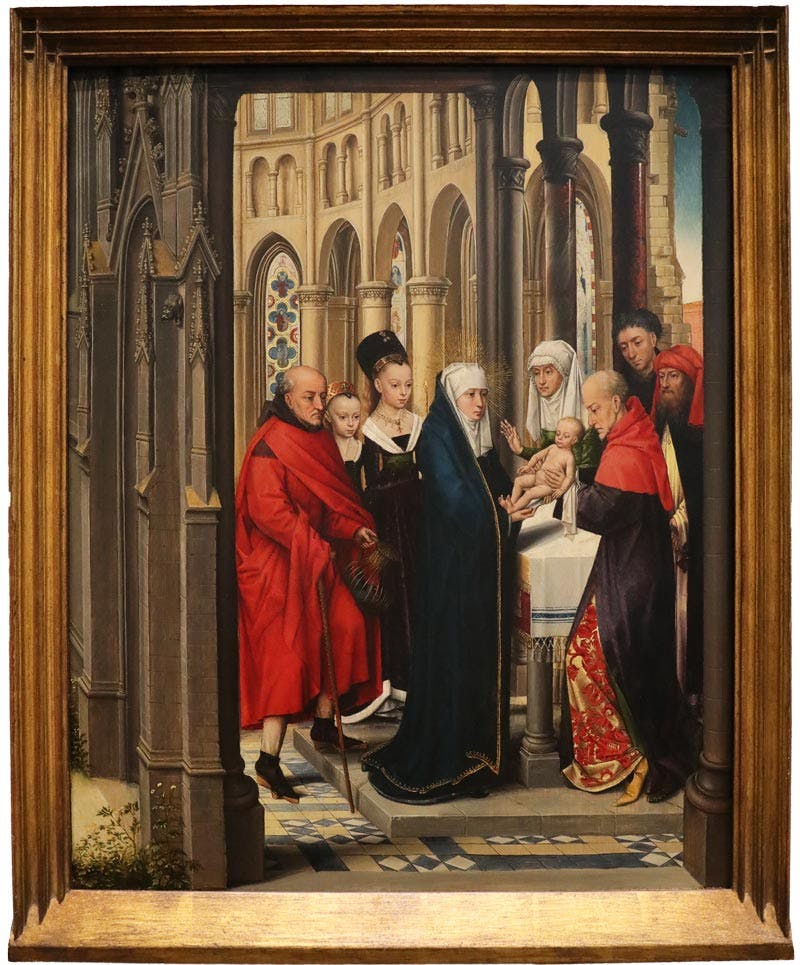
Figure 6: Master of the Prado "Adoration of the Magi," The Presentation in the Temple, ca. 1470/1480.

Figure 7: Vittore Carpaccio, The Flight into Egypt, ca. 1515.
Together, these 19 works of art tell the story of Jesus’s birth and early years, from the annunciation to the flight to Egypt, and explicate its significance — everything we celebrate today at Christmas. This story is what we’re celebrating now at Museum of the Bible. We hope you’ll visit us, but explore the story of the Nativity at the National Gallery of Art, too. You’ll see the Bible everywhere.
Below are images of the 19 paintings that were on display as of October 8, 2021, but we strongly recommend seeing them yourself. And stay tuned for our next venture … beyond the walls.
Artworks of Scenes from Jesus’s Birth on Display at the National Gallery of Art
The Annunciation
Jan Van Eyck, The Annunciation, ca. 1434/1436
Giovanni de Domenico, The Angel of the Annunciation (left), The Virgin Annunciate (right), 1498/1503
German or Netherlandish, Pax: The Annunciation, ca. 1500
Veronese, The Annunciation, ca. 1580
Jacopo Bassano, The Annunciation to the Shepherds, ca. 1555/1560
The Nativity
Petrus Christus, The Nativity, 1450
Domenico Gagini, The Nativity, ca. 1460
Luca della Robbia, The Nativity, ca. 1460
The Adoration of the Child
Filippino Lippi, The Adoration of the Child, ca. 1475/1480
Andrea Della Robbia, The Adoration of the Child, after 1477
The Adoration of the Shepherds
Adriaen Isenbrant, The Adoration of the Shepherds, 1500s
Giorgione, The Adoration of the Shepherds, ca. 1505/1510
Frances Francken the Younger and Master HDB, Garland of Flowers with Adoration of the Shepherds, ca. 1625/1630
After Annibale Fontana, The Adoration of the Shepherds, ca. 1625/1675
The Adoration of the Magi
Benvenuto di Giovanni, The Adoration of the Magi, ca. 1470/14745
Santori Botticelli, Adoration of the Magi, ca. 1478/1482
Juan de Flandes, The Adoration of the Magi, ca. 1508/1519
The Presentation in the Temple
Master of the Prado “Adoration of the Magi,” The Presentation in the Temple, ca. 1470/1480
The Flight to Egypt
Vittore Carpaccio, The Flight into Egypt, 1515
Learn more about Washington Revelations on our website here.
All translations are from the NRSV.
